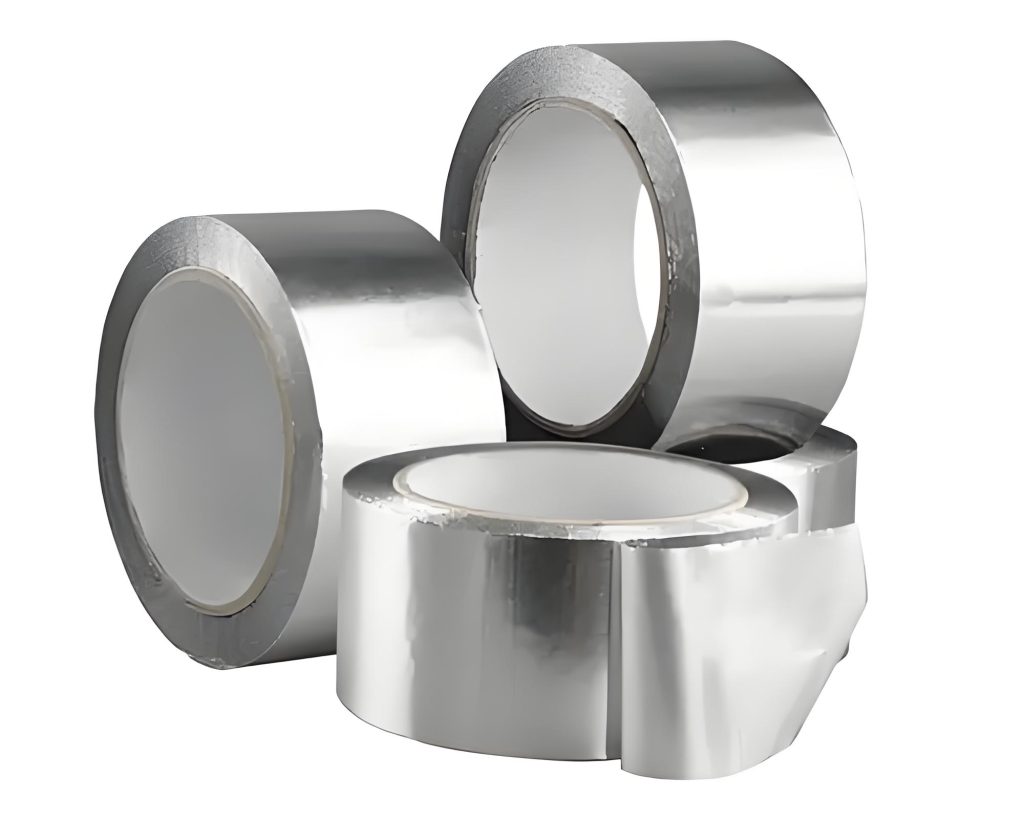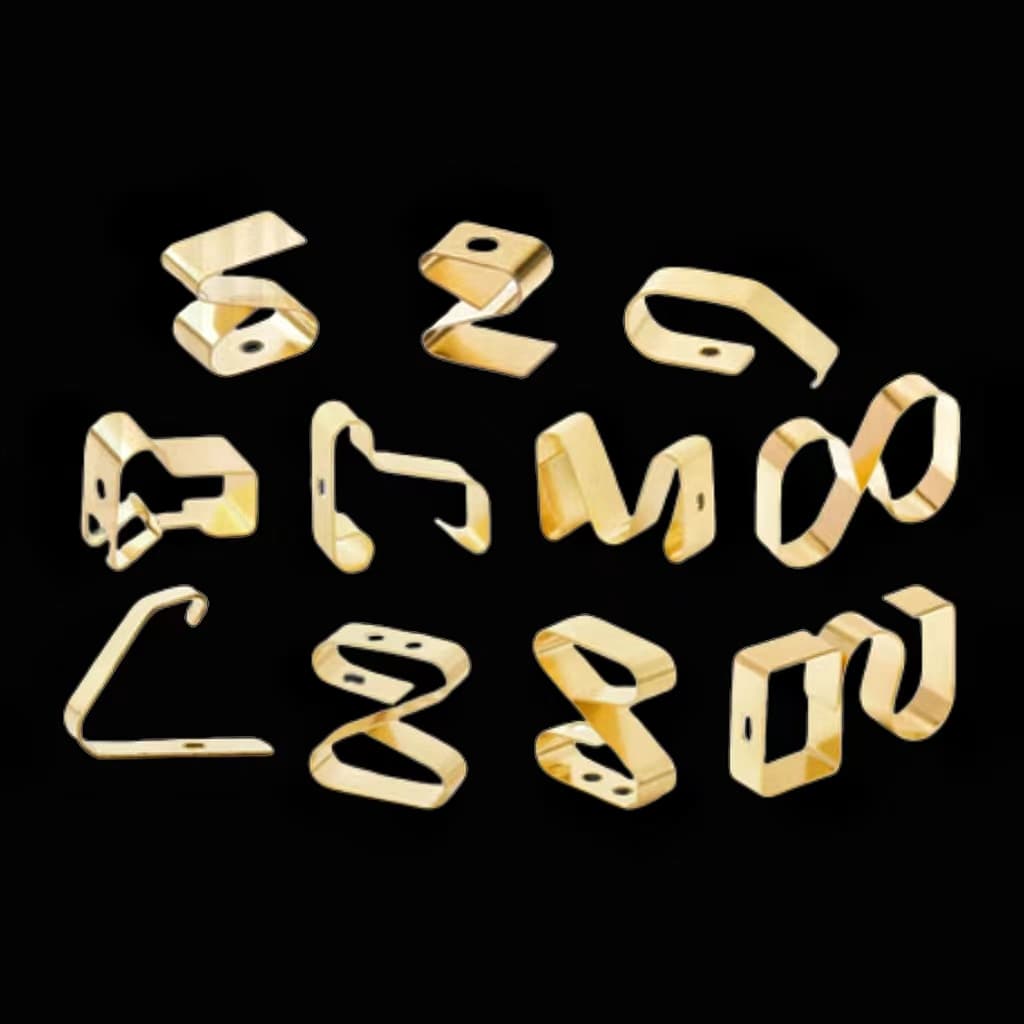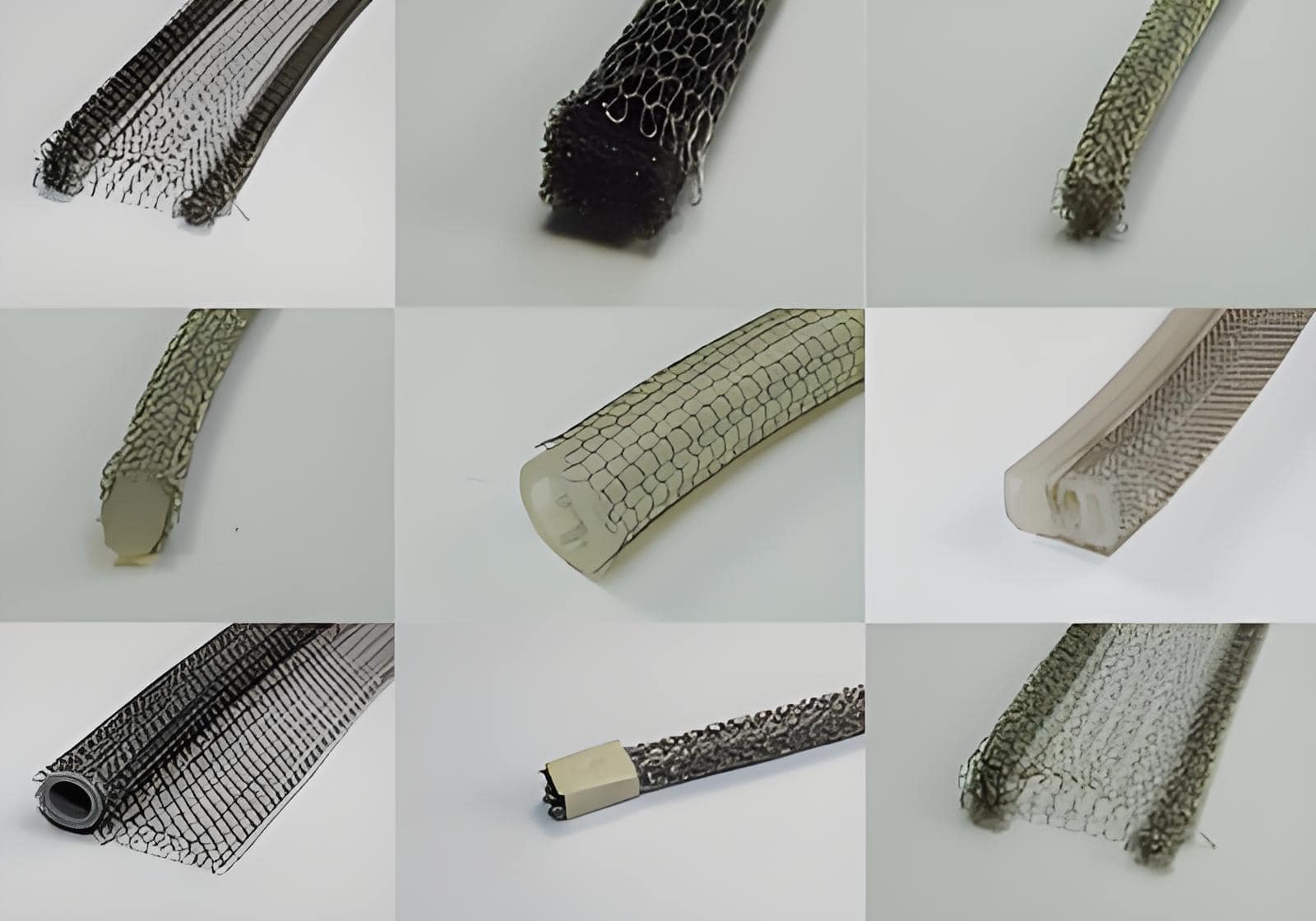Aluminium Foil in Electromagnetic Shielding
Aluminium foil, a widely recognized material in both household and industrial applications, is particularly valued for its role in electromagnetic shielding. This article delves into the properties, applications, and considerations surrounding the use of aluminium foil for electromagnetic shielding. Its effectiveness and versatility make it a staple in numerous settings, from laboratories to consumer electronics, but it also presents certain challenges that must be addressed for optimal performance.


Table of Contents
Properties of Aluminium Foil
Aluminium foil is renowned for its lightweight and conductive characteristics, which play a crucial role in electromagnetic shielding. Its ability to reflect and absorb electromagnetic waves is central to its effectiveness in minimizing electromagnetic interference (EMI). Specifically, aluminium foil is capable of reflecting over 88% of incident electromagnetic waves in the X-band frequency range, a testament to its efficiency in shielding applications. This reflective property is beneficial for protecting sensitive electronic components from external interference, which is vital in maintaining the integrity and performance of various devices.
Applications
1. EMC Shielding
In electromagnetic compatibility (EMC) laboratories, the foil is commonly employed to diagnose and address sources of EMI. Its role is primarily temporary, serving as a quick solution to isolate and protect circuits from external interference during testing phases. Despite its utility in these scenarios, aluminium foil is not typically considered a long-term solution for shielding. For more permanent and reliable shielding, materials that incorporate conductive fibers are generally preferred. These materials offer enhanced durability and consistent performance over extended periods.
2. Commercial Products
Aluminium foil is also utilized in commercial products, particularly for shielding capacitive touch sensor circuits from EMI and radio frequency (RF) noise. This application is crucial in environments where external electromagnetic interference can disrupt the functionality and reliability of electronic devices. To ensure effective shielding, aluminium foil is often layered with adhesive plastic films on both sides. This isolation prevents direct contact with solder points on printed circuit boards (PCBs), thereby maintaining a low impedance connection to the circuit ground and enhancing the overall performance of the shielding.

Considerations
1. Oxidation
A significant concern with this foil is its susceptibility to rapid oxidation, which can potentially compromise its electrical conductivity. Oxidation occurs when aluminium foil is exposed to air, forming a layer of aluminium oxide that can affect performance. This issue can be mitigated by employing copper tape or other adhesive materials to create a barrier between the foil and the air. This approach helps prevent oxidation and maintains the foil’s effectiveness in shielding applications.
2. Durability
The durability of aluminium foil is another important consideration. While it has demonstrated effectiveness in reducing noise levels, its long-term performance and reliability can vary. To enhance the durability of aluminium foil as a shielding material, it is often necessary to add protective layers or coatings. These additional materials help safeguard the foil from physical damage and environmental factors that could impact its performance over time.
3. Thickness and Discontinuities
In the context of Faraday shielding, the thickness of aluminium foil does not significantly influence its effectiveness. However, discontinuities such as cracks or gaps in the foil can adversely affect its shielding performance. It is essential to apply the foil smoothly and without any interruptions to ensure continuous coverage. Proper application techniques are crucial to maintaining the integrity of the shielding and achieving optimal results.
Conclusion
Aluminium foil presents a cost-effective and versatile solution for electromagnetic shielding, particularly in temporary or exploratory scenarios. Its ability to reflect electromagnetic waves makes it an excellent choice for reducing external EMI interference. Nevertheless, for long-term shielding requirements, particularly in commercial products, more robust and permanent materials should be considered. Proper application techniques and protective measures, such as addressing oxidation and ensuring continuity, can enhance the effectiveness of aluminium foil. By understanding and addressing these considerations, users can maximize the performance of aluminium foil in various shielding applications and ensure its reliability in protecting sensitive electronic components.
You May Also Like
-
 Electrical Contact Finger Springs
Electrical Contact Finger SpringsEMI/EMC Shielding | RFI Shielding | EMI Gaskets
Fingerstrips
Introduction to Contact Finger Springs Contact finger springs are crucial components in the field of electronics and electrical engineering. They play a pivotal role in ensuring reliable electrical connections in a wide array of devices and systems. Understanding these components involves delving into their design, function, materials, and applications. This comprehensive exploration will cover all these aspects in detail. Introduction to Contact Finger SpringsDefinition and PurposeDesign and FunctionalityMaterials and ManufacturingApplicationsBenefits and LimitationsFuture Trends and DevelopmentsConclusion Definition and Purpose Contact finger springs, also known as contact springs or finger contacts, are spring-loaded elements designed to provide a stable and consistent electrical connection between two conductive surfaces. Their primary purpose is to maintain a secure and reliable electrical connection by applying a constant force between the contacts, which helps to minimize issues like intermittent connections, wear, and poor conductivity. Design and Functionality 1. Design Elements Shape and Structure: Contact finger springs are typically designed with a specific geometric shape that allows them to compress and return to their original form. Common designs include flat, curved, or cylindrical shapes. The design often resembles a comb or series of fingers, which is why they are sometimes referred to as "finger" springs. Material Composition: The......
-
 Knitted Metal Wire Mesh Gaskets:a highly versatile method of shielding
Knitted Metal Wire Mesh Gaskets:a highly versatile method of shieldingShielding Gasket Solutions and Materials
EMI shielding gaskets
Knitted metal wire mesh gaskets are engineered using fine metal wires, typically stainless steel or other conductive alloys, that are knitted or woven into a mesh structure. This design enables the gaskets to conform closely to mating surfaces, providing a continuous and reliable conductive path for shielding against EMI. The flexibility and resilience of knitted metal wire mesh gaskets make them suitable for sealing gaps and joints in electronic enclosures, effectively blocking electromagnetic radiation across a wide frequency range. Key Features and BenefitsApplications Across Industries Key Features and Benefits High Shielding Effectiveness: Knitted metal wire mesh gaskets offer high shielding effectiveness due to their dense, conductive mesh structure. They attenuate electromagnetic waves and prevent external interference from disrupting sensitive electronic signals, ensuring optimal device performance. Versatility: Available in various shapes, sizes, and configurations, these gaskets can be customized to fit specific application requirements. They are used in diverse industries such as telecommunications, aerospace, automotive, medical devices, and industrial automation. Durability and Longevity: Constructed from durable materials such as stainless steel, knitted metal wire mesh gaskets exhibit excellent mechanical strength and corrosion resistance. They withstand environmental factors and maintain shielding integrity over extended periods, reducing maintenance costs and downtime. Conductive Resilience:......

